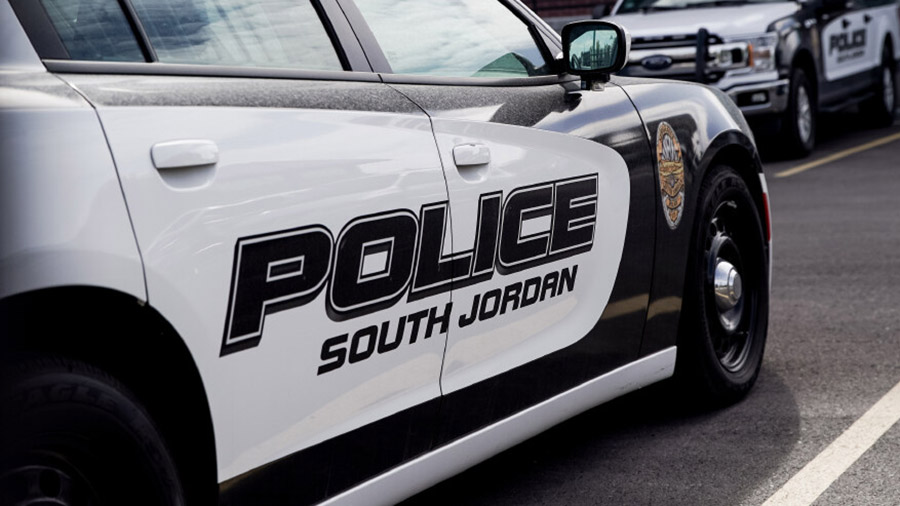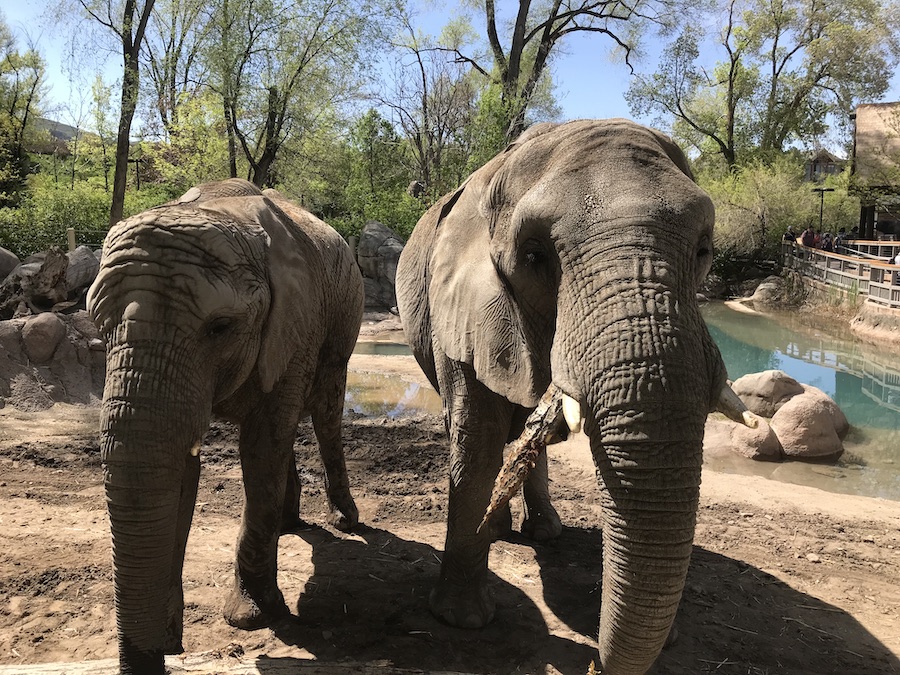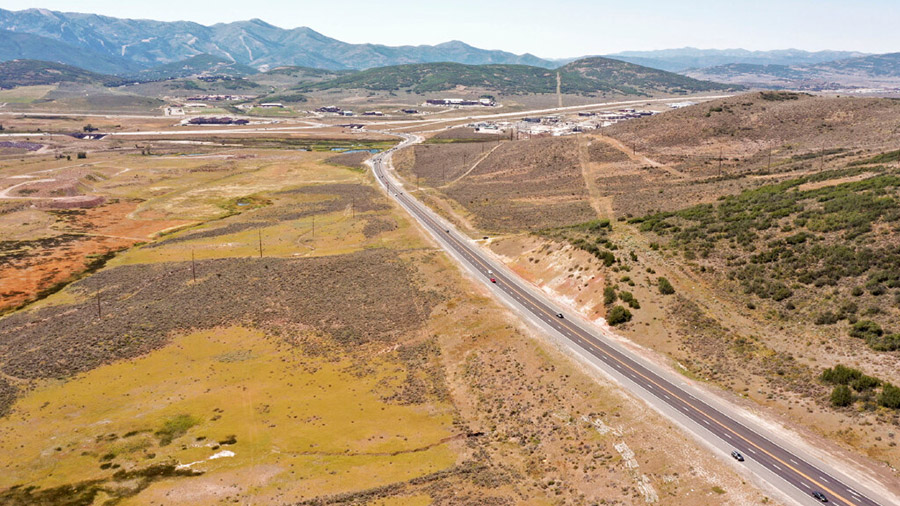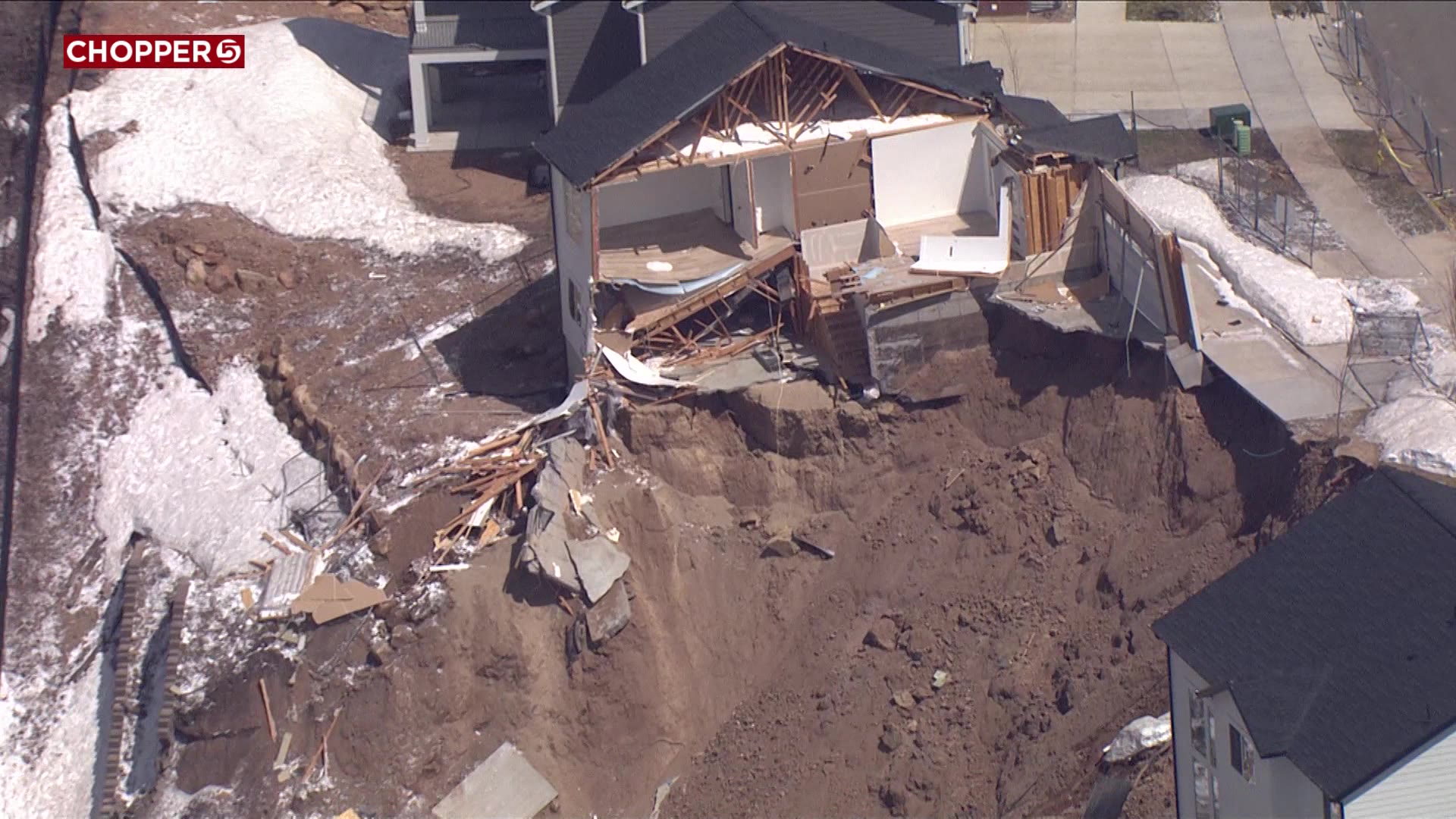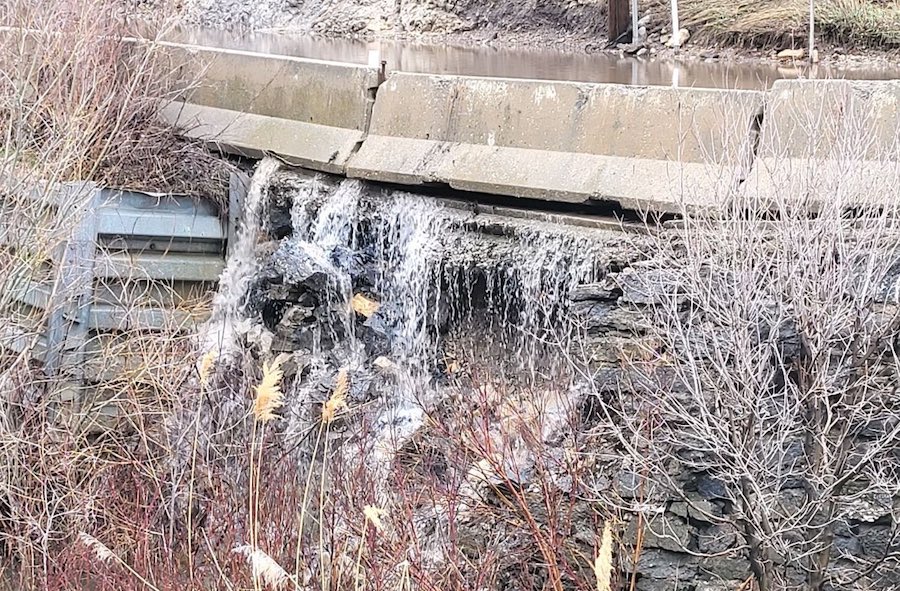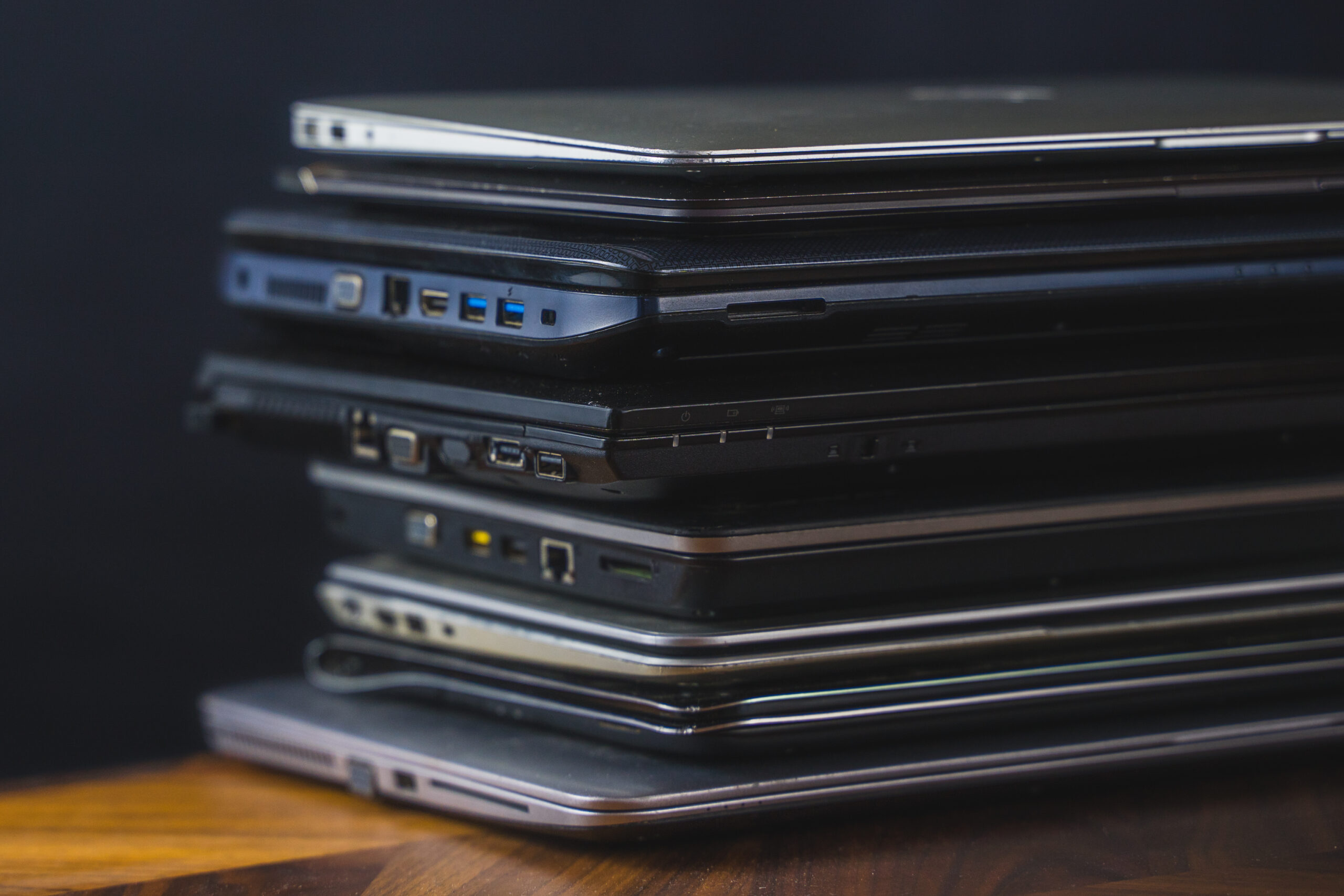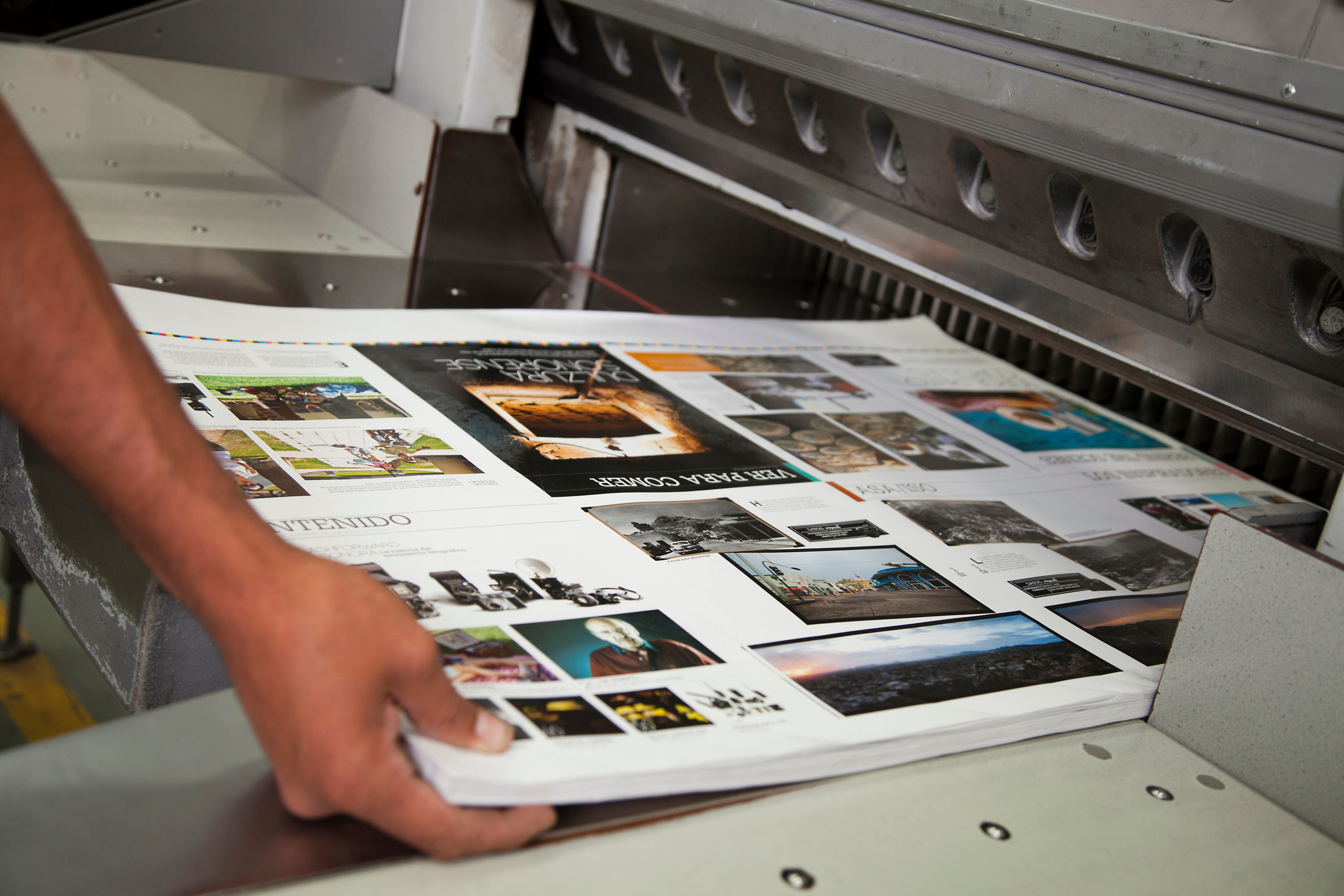LOCAL NEWS
Smoky skies could be persistent problem in Utah this fall
Sep 9, 2022, 6:25 PM | Updated: 6:51 pm
SALT LAKE CITY — Most of Utah hasn’t had a lot of bad air quality from wildfire smoke this summer, especially compared to last year. But wildfires burning to the north and west of Utah are now pumping in a lot of smoky air. Unfortunately, we could be in for several smoky periods over the next few weeks.
“These exceptionally hot and very dry conditions that you normally see in the middle of July, we’re now starting to see in September,” said Derek Mallia, a research assistant professor in the Department of Atmospheric Sciences at the University of Utah. “What this has essentially done is extend the fire season.”
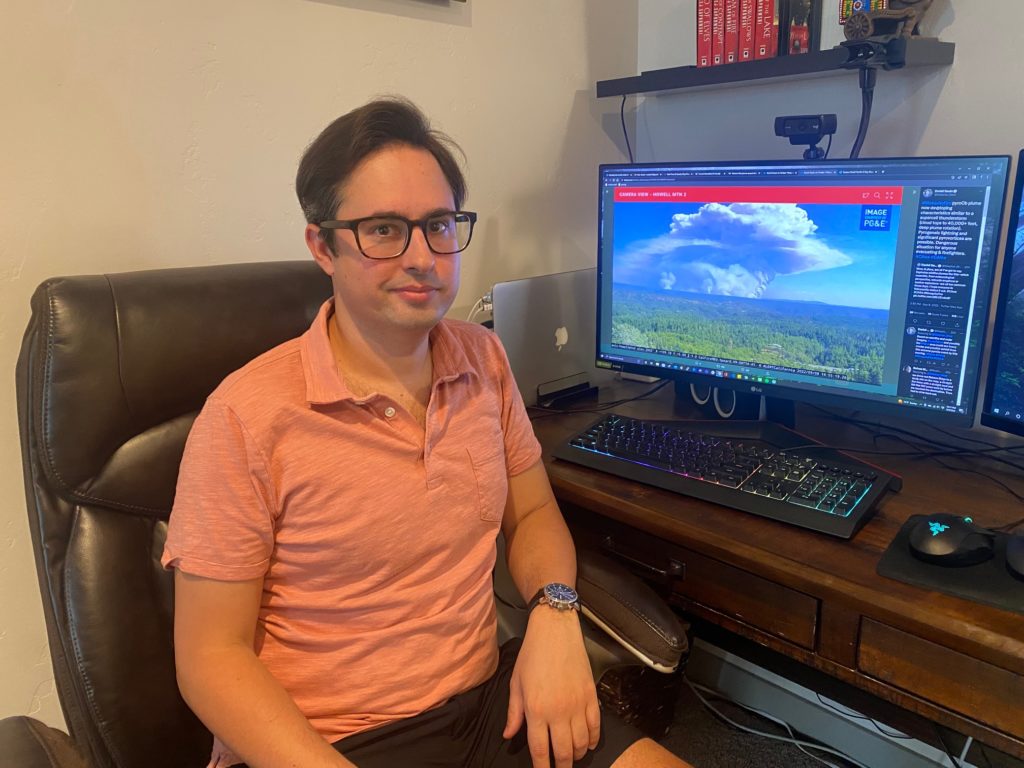
Derek Mallia, a research assistant professor in the Department of Atmospheric Sciences at the University of Utah. His research is mainly focused on the impacts of wildfires on air quality in Utah.
Mallia’s research is mainly focused on the impacts of wildfires on air quality in Utah.
This past week, fires burning in the Pacific Northwest, Idaho, and California have grown substantially, exacerbated by the drought and the heat wave. The Mosquito Fire in California is one of the biggest.
“This fire is getting pretty large. It’s producing a lot of smoke,” he said. “This fire is growing uncontrollably and it doesn’t seem like it’s slowing down.”
That’s similar to what we saw last summer — very large fires in California wafting smoke across Utah for long periods of time.
“Now, we have these mega fires that are developing across the West Coast. As a result of that, we’re going to be downwind of those fires.”
Precipitation in a few days should bring relief from the smoke, but that may be short-lived. Utah could be in for a smoky fall.
“I think it’s likely now,” Mallia said.
We cannot control the wildfires, but we can help reduce pollution by reducing our own emissions.
“There is something we can do, and that would be reducing our trips and taking public transportation,” said Kim Frost, executive director of UCAIR, the Utah clean air partnership.
It’s also important that Utahns use good fire sense.
“We’re gearing up for what might be a very hot and dry September, which means that there is a potential for wildfires here in the state of Utah. So, try to take every precaution that you can to prevent wildfires,” she said.
The research professor said the smoke season may not end this fall until all of the areas that are upwind of Utah get enough precipitation to put out those fires.


![[File] Utah Highway Patrol State Trooper car (Laura Seitz, Deseret News)...](https://staging.ksltv.com/wp-content/uploads/2022/12/UHP-State-Trooper-Car-file-121222.jpg)
